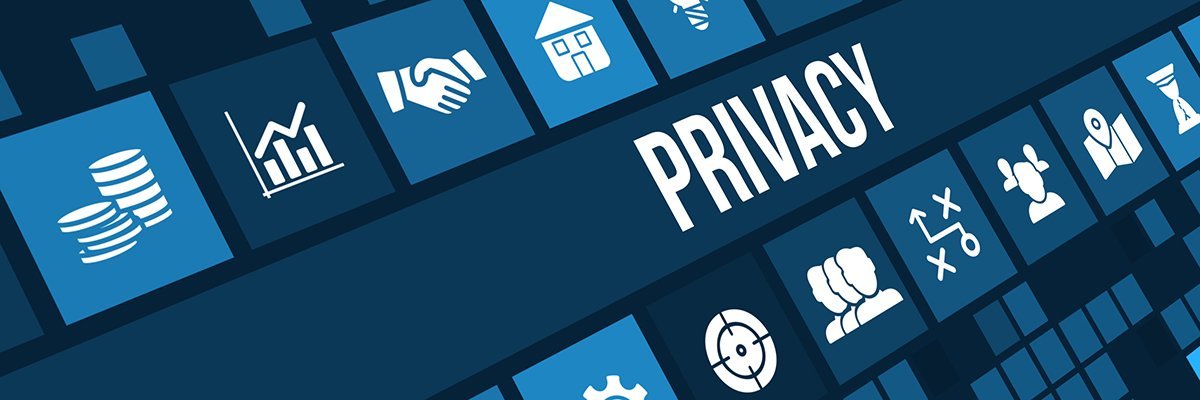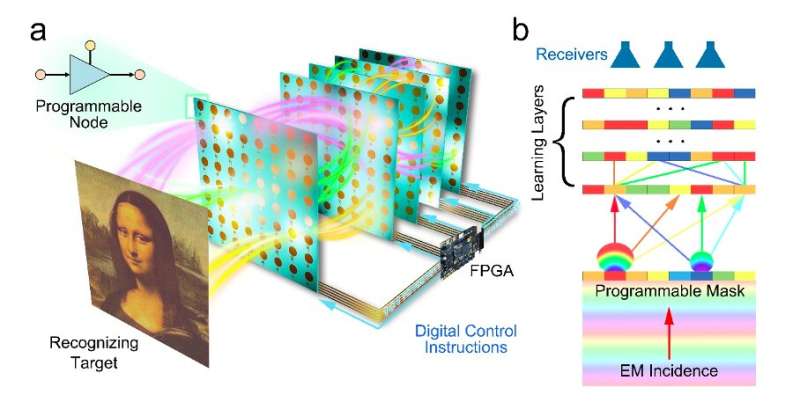OmniML releases platform for building lightweight ML models for the edge

“Today’s AI is too big, as modern deep learning requires a massive amount of
computational resources, carbon footprint, and engineering efforts. This makes
AI on edge devices extremely difficult because of the limited hardware
resources, the power budget, and deployment challenges,” said Di Wu, cofounder
and CEO of OmniML. “The fundamental cause of the problem is the mismatch between
AI models and hardware, and OmniML is solving it from the root by adapting the
algorithms for edge hardware,” Wu said. “This is done by improving the
efficiency of a neural network using a combination of model compression, neural
architecture rebalances, and new design primitives.” This approach, which grew
out of the research of Song Han, an assistant professor of electrical
engineering and computer science at MIT, uses a “deep compression” technique
that reduces the size of the neural network without losing accuracy, so the
solution can better optimize ML models for different chips and devices at the
networks edge.
Kestra: A Scalable Open-Source Orchestration and Scheduling Platform
It is built upon well-known tools like Apache Kafka and ElasticSearch. The Kafka
architecture provides scalability: every worker in Kestra cluster is implemented
as a Kafka consumer and the state of the execution of a workflow is managed by
an executor implemented with Kafka Streams. ElasticSearch is used as a database
that allows displaying, searching and aggregating all the data. The concept of a
workflow, called Flow in Kestra, is at the heart of the platform. It is a list
of tasks defined with a descriptive language based on yaml. It can be used to
describe simple workflows but it allows more complex scenarios such as dynamic
tasks and flow dependencies. Flows can be based on events such as results of
other flows, detection of files from Google Cloud Storage or results of a SQL
query. Flows can also be scheduled at regular intervals based on a cron
expression. Furthermore, Kestra exposes an API to trigger a workflow from any
application or simply start it directly from the Web UI.
Chaos Engineering Was Missing from Harness’ CI/CD Before ChaosNative Purchase

Chaos engineering has emerged as an increasingly essential process to maintain
reliability for applications in cloud native environments. Unlike pre-production
testing, chaos engineering involves determining when and how software might
break in production by testing it in a non-production scenario. Think of chaos
engineering as an overlap between reliability testing and experimenting with
code and applications across a continuous integration/continuous delivery
(CI/CD) pipeline, by obtaining metrics and data about how an application might
fail when certain errors are induced. Specific to ChaosNative’s offerings that
Harness has purchased, ChaosNative Litmus Enterprise has helped DevOps and site
reliability engineers (SREs) to adopt chaos engineering tools that are
self-managed, while the cloud service, ChaosNative Litmus Cloud, offers a hosted
LitmusChaos control plane. Indeed, chaos engineering has become increasingly
critical for DevOps teams, especially those seeking to increase agility by being
able to apply chaos engineering to the very beginning of the production
cycle.
CIO interview: Craig York, CTO, Milton Keynes University Hospital
“Going into multiple systems is a pain for our clinicians,” he says. “It’s not
very efficient, and you need to keep track of the different patients that you’re
looking at across the same timeframe. We have embedded the EDRM system within
Cerner Millennium, so our EPR is the system of record for our clinicians. “You
click a button and it logs you into the medical records and you can scan through
those as you wish. You’re in the right record, there’s more efficiency, and
there’s better patient safety as well.” The hospital’s internal IT team
undertook the project working in close collaboration with software developers at
CCube Solutions. York says it was a complex project, but by working together to
achieve set goals, the integration of EDRM and EPR systems is now delivering big
benefits for the hospital. “Sometimes in healthcare, we underplay how
complicated things are,” he says. “The work with CCube is an example of where
we’ve asked an organisation to step up and deliver on our requirements, and
they’ve done it and they’ve proved their capabilities. We are now reaping
rewards from that effort, so I’m thankful to them for that.”
Continuous Machine Learning

Now imagine a machine learning (ML) and data scientists team trying to achieve
the same, but with an ML model. There are a few complexities involved
Developing ML model isn’t the same as developing a software. Most of the code
is essentially a black-box, difficult to pinpoint issues in ML code. Verifying
ML code is an art unto itself, static code checks and code quality checks used
in software code aren’t sufficient, we need data checks, sanity checks and
bias verification. ... CML injects CI/CD style automation into the workflow.
Most of the configurations are defined in a cml.yaml config file kept in the
repository. In the example below this file specifies what actions are supposed
to be performed when the feature branch is ready to be merged with the main
branch. When a pull request is raised, the GitHub Actions utilize this
workflow and perform activities specified in the config file - like run the
train.py file or generate an accuracy report. CML works with a set of
functions called CML Functions. These are predefined bits of code that help
our workflow like allowing these reports to be published as comments or even
launching a cloud runner to execute the rest of the workflow.
Cybercriminals’ phishing kits make credential theft easier than ever

Phishing kits make it easier for cybercriminals without technical knowledge to
launch phishing campaigns. Yet another reason lies in the fact that phishing
pages are frequently detected after a few hours of existing and are quickly
shut down by providers. The hosting providers are often alerted by internet
users who receive phishing emails and pull the phishing page down as soon as
possible. Phishing kits make it possible to host multiple copies of phishing
pages faster, enabling the fraud to stay up for longer. Finally, some phishing
kits provide anti-detection systems. They might be configured to refuse
connections from known bots belonging to security or anti-phishing companies,
or search engines. Once indexed by a search engine, a phishing page is
generally taken down or blocked faster. Countermeasures used by some kits
might also be using geolocation. A phishing page targeting one language should
not be opened by someone using another language. And some phishing kits are
using slight or heavy obfuscation to avoid being detected by automated
anti-phishing solutions.
What is the Spanning Tree Protocol?

Spanning Tree is a forwarding protocol for data packets. It’s one part traffic
cop and one part civil engineer for the network highways that data travels
through. It sits at Layer 2 (data link layer), so it is simply concerned with
moving packets to their appropriate destination, not what kind of packets are
being sent, or the data that they contain. Spanning Tree has become so
ubiquitous that its use is defined in the IEEE 802.1D networking standard. As
defined in the standard, only one active path can exist between any two
endpoints or stations in order for them to function properly. Spanning Tree is
designed to eliminate the possibility that data passing between network
segments will get stuck in a loop. In general, loops confuse the forwarding
algorithm installed in network devices, making it so that the device no longer
knows where to send packets. This can result in the duplication of frames or
the forwarding of duplicate packets to multiple destinations. Messages can get
repeated. Communications can bounce back to a sender. It can even crash a
network if too many loops start occurring, eating up bandwidth without any
appreciable gains while blocking other non-looped traffic from getting
through.
5 elements of employee experience that impact customer experience and revenue growth

Companies are leaving money on the table - Breaking silos between employee
experience and customer experience can lead to a massive opportunity for
revenue growth of up to 50% or more. Companies think they have to choose
between prioritizing employee or customer experiences - And customer
experience is winning. Approximately nine in 10 C-suite members (88%) say
employees are encouraged to focus on customers' needs above all else, even
though the C-suite knows that a powerful customer experience starts with an
employee-first approach. Five core elements of employee experience impact
customer experience and growth - Trust, C-Suit Accountability, Alignment,
Recognition, and Seamless Technology. There is a disconnect between C-suite
perception and employee experience - 71% of C-suite leaders report their
employees are engaged with their work when in reality, only 51% of employees
say they are; 70% of leaders report their employees are happy, while only
44% of employees report they are.
Don’t take data for granted

Thanks to the emergence of cloud-native architecture, where we containerize,
deploy microservices, and separate the data and compute tiers, we now bring
all that together and lose the complexity. Dedicate some nodes as Kafka sinks,
generate change data captures feed on other nodes, and persisted data on other
nodes, and it’s all under a single umbrella on the same physical or virtual
cluster. And so as data goes global, we have to worry about governing it.
Increasingly, there are mandates for keeping data inside the country of
origin, and depending on the jurisdiction, varying rights of privacy and
requirements for data retention. Indirectly, restrictions on data movement
across national boundaries is prompting the question of hybrid cloud. There
are other rationales for data gravity, especially with established back office
systems managing financial and customer records, where the interdependencies
between legacy applications may render it impractical to move data into a
public cloud. Those well-entrenched ERP systems and the like represent the
final frontier for cloud adoption.
What makes a digital transformation project ethical?

One of the best ways to approach ethical digital transformation is to look to
your community. This is your core user base and might be made up of customers,
peers, and your own people from within your organisation. Though it can be a
time-consuming process, engaging with the community on your digital
transformation plans has a number of benefits when driving forward an ethical
initiative. Crucially, consulting both internal and external stakeholders can
help to identify any unanticipated policy concerns or technical issues. This
is inherently valuable from a technical standpoint, as building out channels
of communication and feedback allows you to fix mistakes while remaining agile
and constructive. Raising community concerns is especially important when
ethics are a part of your organisation’s mission statement. Not only does
gathering feedback highlight any potential hidden concerns around the digital
products you will be building, but engagement also goes hand in hand with both
perceived and actual transparency, as gathering valuable feedback requires a
degree of openness about the project.
Quote for the day:
"We get our power from the people we
lead, not from our stars and our bars." -- J. Stanford






































